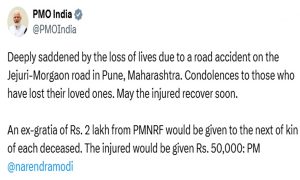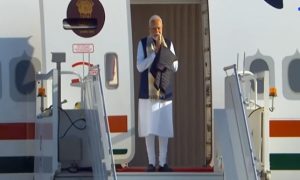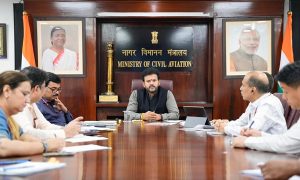India’s second mission to moon, Chandrayaan 2, entered into a lunar orbit around the moon seven days ago and has been taking photographs of the surface. Some of these photographs taken by the terrain mapping camera at an altitude of nearly 4,375 km from the surface were released by the Indian Space Research Organisation (ISRO) yesterday.
The photographs show six craters on the far side of the moon, which is not visible from the Earth. Of the six craters photographed, one is named after an Indian physicist Sisir Kumar Mitra.
Who is Sisir Kumar Mitra?
Sisir Kuman Mitra was an Indian physicist known for his work on ionosphere- the layer of the Earth’s atmosphere that is ionised by the solar and cosmic radiations.
The ionosphere stretches from 60 to 1,000 km above the surface of the Earth and is essential for long-distance radio communication. This layer is divided into F, E, D and C categories in a decreasing order as per the altitude.
Mitra and his group provided the first experimental evidence for the E-region of the ionosphere in 1930. They also detected echoes of radio waves from an unsuspected layer, which was called C-layer by Mitra.
His group was able to measure the heights of the different layers of the ionosphere using an indigenously developed instrument. His research presented a picture of the ionosphere in the sub-tropics and the effect of thunderstorm, magnetic storm and meteoric shower on ionisation of upper atmosphere.
He introduced a wireless post-graduation course in physics at Calcutta University, marking the beginning of the study of radio science in India.
Mitra played an important role in Indian radio broadcasting.
He has worked with the likes of Jagdish Chandra Bose, CV Raman, and Marie Curie.
Why is a crater named after him?
Mitra has one crater and three satellite craters named after him. Craters are about 95% of all the lunar features that have been named by the International Astronomical Union.
The craters are usually named after deceased scientists and explorers.
One of the biggest lunar craters was named after the USA’s Apollo mission and the smallest craters in and around it were named after deceased American astronauts. Similarly, craters in and around Mare Moscoviense are named after deceased Soviet cosmonauts.




























 WhatsApp us
WhatsApp us